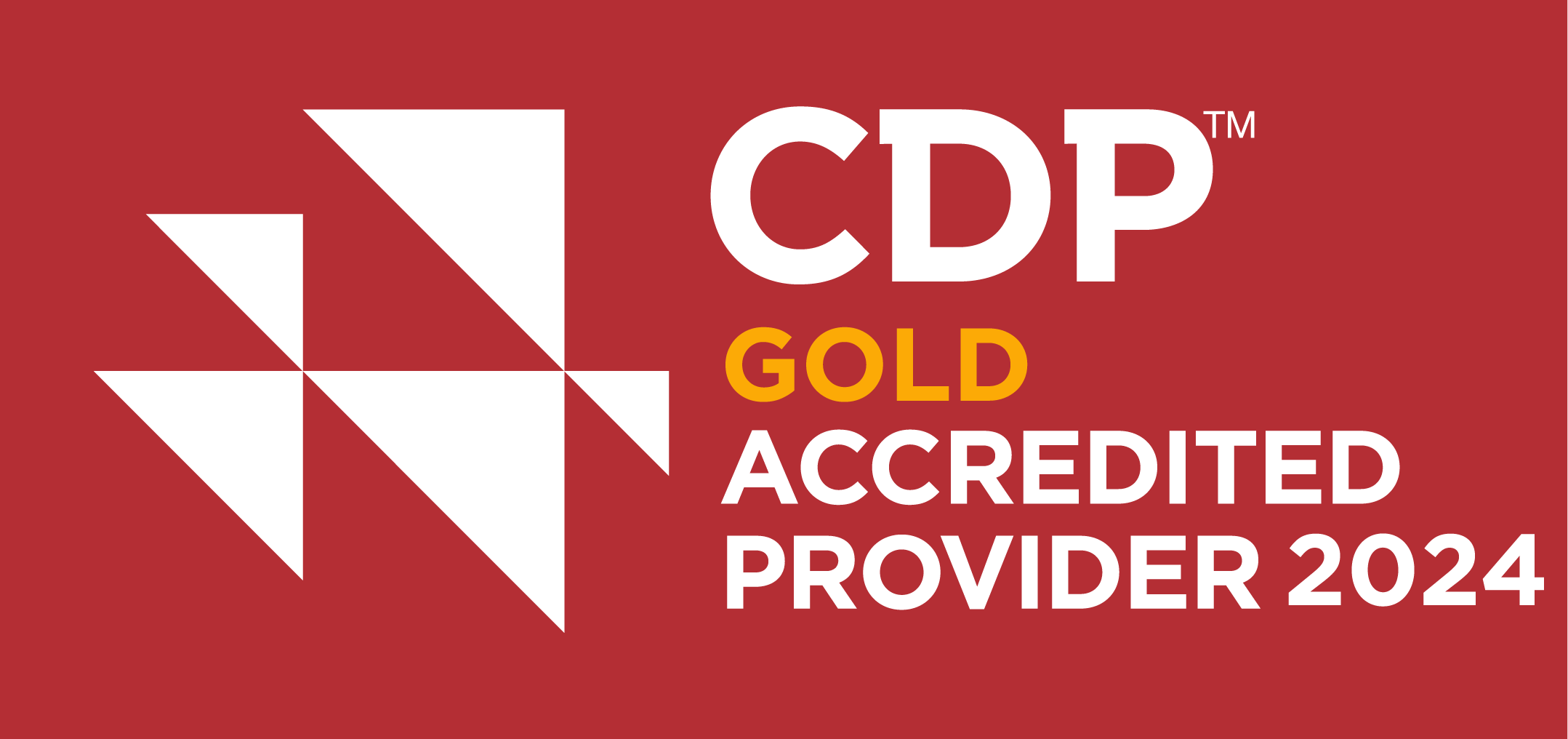The additionality of projects is crucial to the integrity of the Clean Development Mechanism. The CDM tool for additionality produces binary outcomes; projects either pass or fail. This paper uses ΔIRR (the difference between a project’s IRR with and without CDM revenues) as a measure of degrees of additionality. From a sample of 222 registered CDM projects we find that different project types exhibit different degrees of additionality, with landfill gas and biogas projects having considerably higher median ΔIRR values than wind and hydro projects. We also find that 26% of the projects sampled have a ΔIRR lower than 2%, indicating that CDM revenues only make a small contribution to the overall economic viability of these projects. It is therefore difficult to determine with certainty that these projects would not have happened in the absence of carbon finance. We suggest that the credibility of CDM additionality can be enhanced by adopting a minimum ΔIRR threshold, e.g. 2%, below which the additionality of a project is deemed uncertain and the project is therefore rejected (unless proven to be additional in other ways).
Want to learn more? Download our white paper
This paper uses ΔIRR (the difference between a project’s IRR with and without CDM
revenues) as a measure of degrees of additionality. Find out more through our whitepaper.
Reading Time: 1 Minutes
Date Published: July 7, 2010
TLDR:
The additionality of projects is […]
Tags




